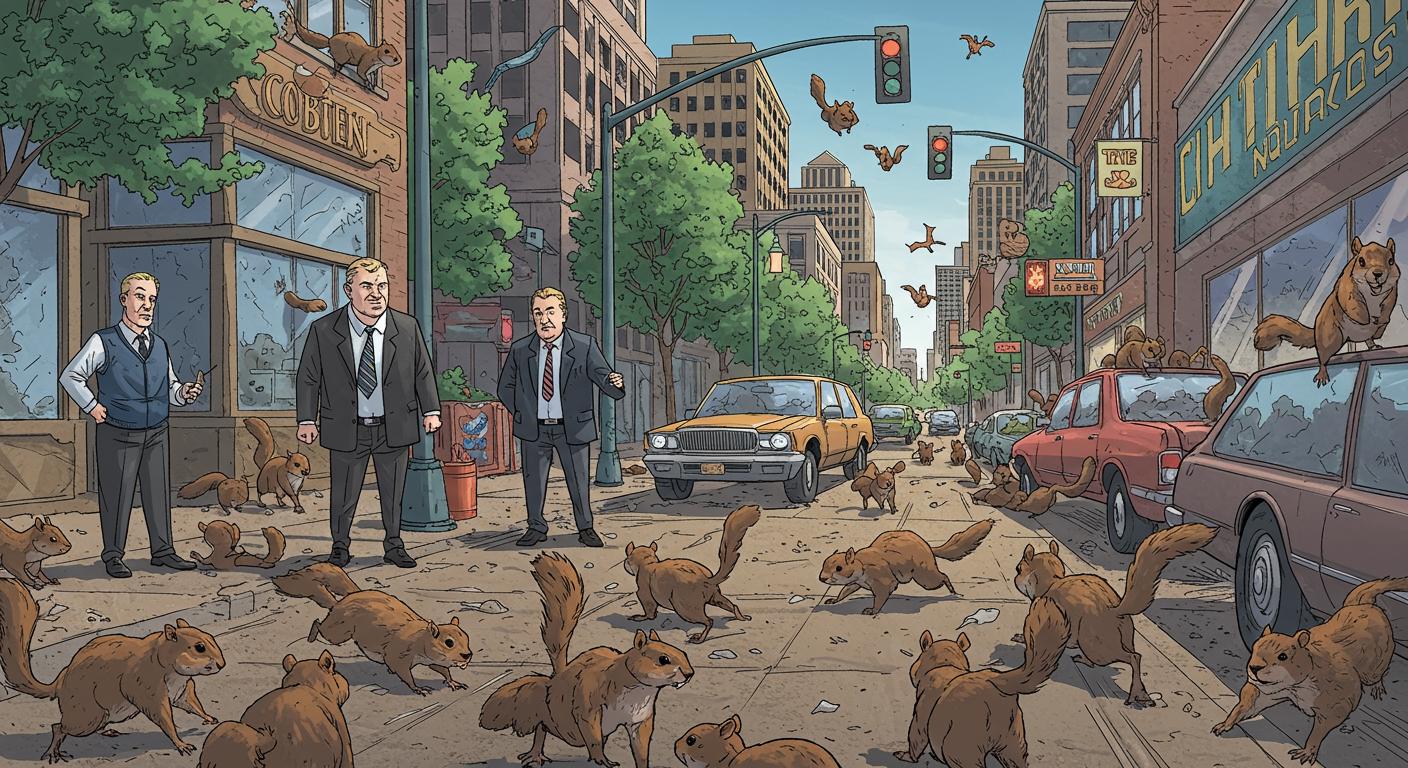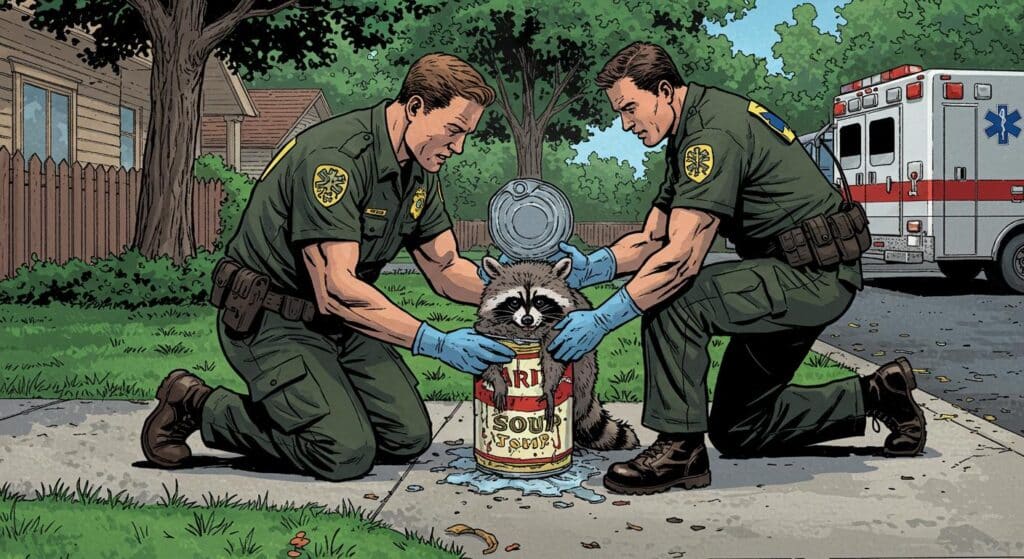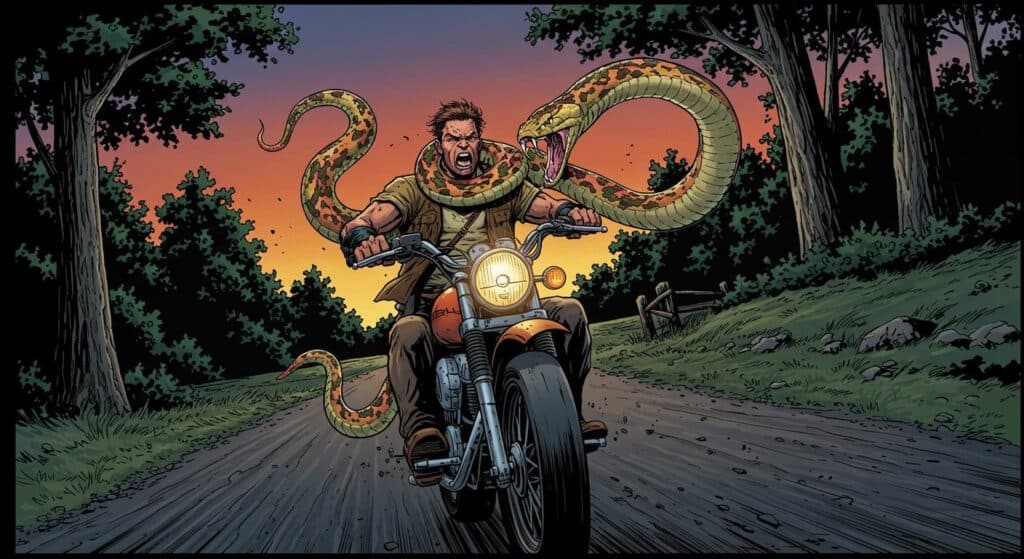If you’re picturing an unstoppable rodent horde pouring across the sleepy plains of North Dakota, you might be surprised to hear that’s essentially what’s actually playing out in Minot right now—though perhaps with more side-eye and fewer tiny flags. As reported by the Associated Press via NewsNation, Richardson’s ground squirrels—those pound-for-pound champions of cuteness and chaos—have turned this Northern Plains city into something of a burrowed Swiss cheese.
The Not-So-Great Ground Squirrel Uprising
To set the scene, it’s worth knowing the main players. The Richardson’s ground squirrel: about a foot long, under a pound, native but nowhere near bashful. Minot: North Dakota’s fourth largest city, nearly 50,000 humans, now possibly rivaled by equally numerous rodents if local pest control’s bold estimates hold any water. According to the NewsNation report, Joshua Herman—Minot’s go-to squirrel wrangler—likens his repeated efforts to trap and kill them to “one guy standing against a massive storm.”
Herman detailed to AP that even with aggressive trapping and the use of carbon monoxide, success is fleeting unless everyone joins the effort. “If I’m trapping but my neighbor isn’t, well then, we’re really not going to get anywhere with it, long-term,” he points out. In the same report, Street Department Superintendent Kevin Braaten reaffirmed the daunting scale of the problem, admitting that after two decades of squirrel trouble, total eradication isn’t on the table: “I don’t see the population ever going to zero… it’s almost impossible by the numbers that we have.”
Just how many squirrels are we talking about? In a detail highlighted by the AP story, Herman’s guess is striking: “Gosh, there’s got to be tens of thousands of them in the area,” maybe even rivaling Minot’s population. The potential for exponential growth isn’t hard to see, as NewsNation cites experts explaining that female ground squirrels can have litters of about six each year, supporting those eyebrow-raising tallies.
Why So Many? Ask Their Realtor
Greg Gullickson of North Dakota Game and Fish, as noted in the article, explained that encroaching development has squeezed natural habitats, and the squirrels now gravitate to the town’s mowed lawns, which mimic their preferred grassland hangouts. The report underscores how, in Minot, the lack of predators like coyotes, badgers, or owls gives the rodents more freedom to roam. With the usual checks and balances absent in the city’s core, the result is a population surge that’s difficult to contain.
Meet Your Neighbors: The Invaders
While pest control battles rage, it’s the city’s residents who most directly encounter the squirrel surge. As detailed by NewsNation, Minot local Pashone Grandson has discovered holes dug near her door and lost plants to hungry ground squirrels. One even managed to bypass her baby gate and end up in her daughter’s clothes—enough to spark unease, given her worries about disease or biting. It’s a vivid reflection of the everyday disruptions that these creatures are causing across town.
Minot’s connection to the Air Force adds another twist, with the AP report noting the Minot Air Force Base has been locked in its own, longer conflict with what they call “dak-rats.” Jared Edwards, the base facilities director, told reporters that there may even be “millions” of them on and around the base, a figure underscoring just how entrenched the squirrels have become. The article also notes that base officials have declined to comment, perhaps preferring not to bring additional attention to what is, essentially, an endless war of attrition.
Schools in Minot report similar woes, with Edwards explaining that the struggle has been “continuous” for 75 years. The outlet points out that schools have used both snares and poison over time, yet the battle for balance remains ongoing—Mother Nature, as Edwards puts it, rarely stands still.
Cutest Enemy Territory
Of course, not everyone is gunning for the squirrels. As mentioned in the NewsNation story, some Minot residents object to the trapping and shooting, going so far as to sabotage or steal pest control equipment. The animals’ undeniable “cute” appeal inspires defense as often as complaint. Nevertheless, Herman insists—in language echoed throughout the AP reporting—that “they’re a vermin and a pest and dangerous when they are allowed to proliferate,” citing their potential to damage infrastructure, cause injuries with their holes, and harbor diseases.
The city’s response, as described in the article, is an odd coexistence: part exasperated defense of property values and public safety, part grudging tolerance for a rodent that, while disruptive, has its share of fans.
Squirrels: Eternal? Inevitable?
Despite decades of effort, Minot’s officials have little hope for total victory. Braaten and others told NewsNation that with numbers like these and a prairie history stretching back centuries, they’re resigned to a kind of permanent standoff. Previous control strategies, from carbon monoxide to snares, require ceaseless repetition, and no one expects to turn the tide for good.
So, as noted by NewsNation, the squirrels dig in, the people dig back, and somewhere in the middle, Minot’s routines are woven together with equal parts resignation and daily improvisation.
One can’t help but marvel: In the end, what do we do when adorable chaos comes calling, and refuses to leave? Will the legacy of Minot be “the city that almost outlasted its squirrels”—or simply, “one more green patch in the ongoing rodent empire”?
It’s not every day a city becomes the set for what amounts to a real-world Looney Tunes episode. As the AP’s reporting makes clear, if you’ve ever wondered which will prove more persistent—humans with traps or squirrels with time—the answer might be scurrying through a North Dakota lawn already.







